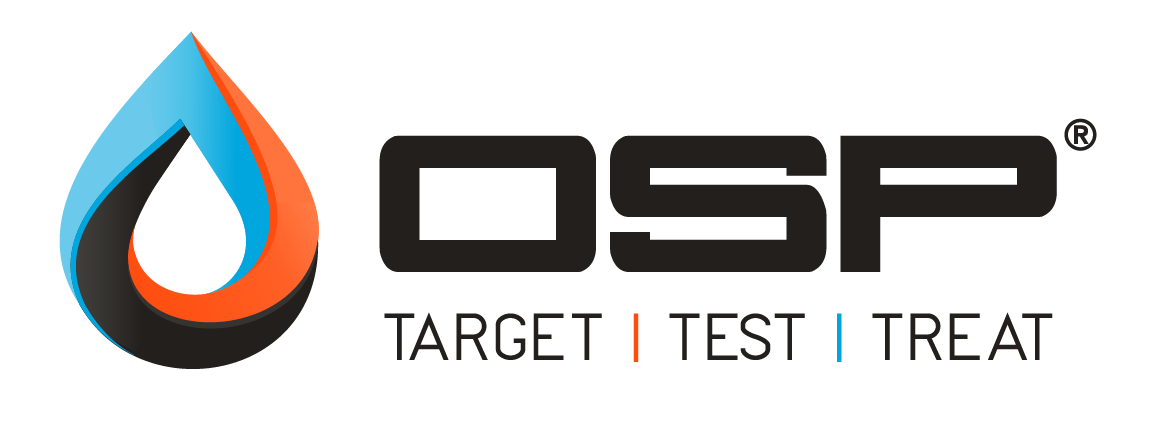2K7 Stimulation Fluid Case Study
OSP 2K7 biocide reduces treatment costs in large volume pad stimulation
Competing biocide program replaced with combination of chlorine dioxide and 2K7 biocide
Background
An operator planning a large-scale hydraulic stimulation of a 7-well pad in the Montney formation was looking to determine the optimal solution for microbial control in their treatment fluid. They wanted to mitigate microbiologically influenced corrosion (MIC) and well souring, commonly caused by sulfate-reducing and acid-producing bacteria (SRB and APB).
Challenge
The 7-well stimulation design included the use of 350,000 m3 of source water (US barrel equivalent: 2,201,433 barrels) with a very high level of microbial contamination – 100x previous fresh water sources. The operator’s current microbial control program consisted of low-dose fast-acting and non-persistent biocide; however, they were unsure it would provide effective microbial control at a reasonable cost for the level of contamination present.
Study
A 30-day time-kill study was performed on the contaminated water to screen different biocide chemistries for both efficacy and cost. This was accomplished by dosing the water with individual biocides as well as biocide combinations. Microbe levels were monitored via LifeCheck Media Kit and LifeCheck ATP Test Kit at regular intervals over a 30-day period. All biocide chemistries that enabled biological control over the full 30 days were then evaluated for cost.
Results
The time-kill study showed that low-dose biocide was ineffective at treating the contaminated water (Fig. 1). Additionally, serial dilution media for SRB and APB showed aggressive population growth. To achieve adequate microbial control, the operator would have required a 6-fold increase in treatment cost – making this option prohibitively expensive.
The optimal solution consisted of chlorine dioxide ( ClO2 ) to rapidly neutralize microbes at surface, followed by low-dose 2K7 biocide for long-term inhibition of microbial regrowth in the wellbore (Fig. 1). This combination not only showed superior performance, but it also drastically reduced costs for the 7-well program, because it required 92% less biocide loading compared with the competing product.
While OSP does not provide chlorine dioxide technology, we work with our industry partners to tailor every treatment to be the most effective for our clients, regardless of sourcing or provider.

